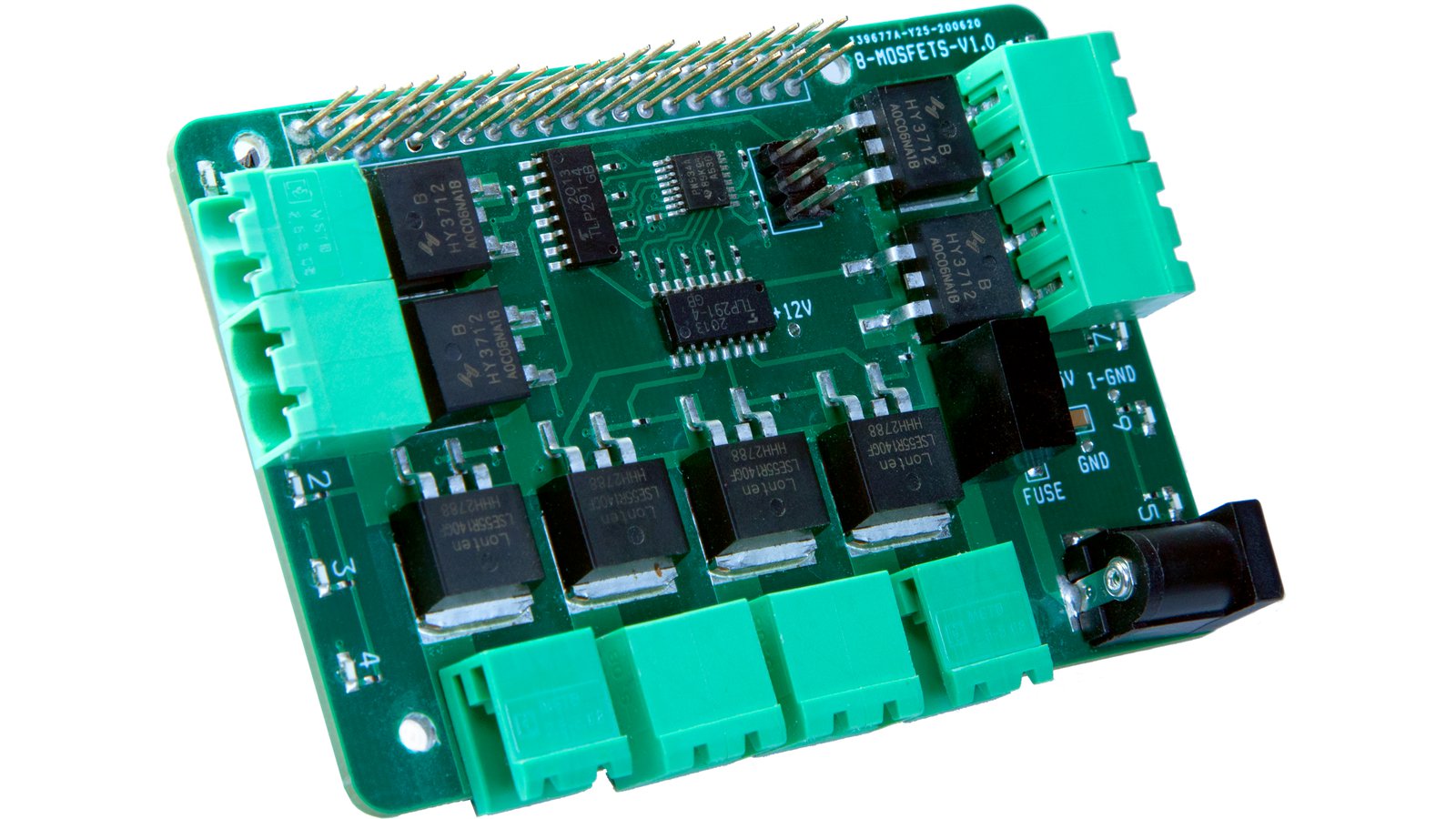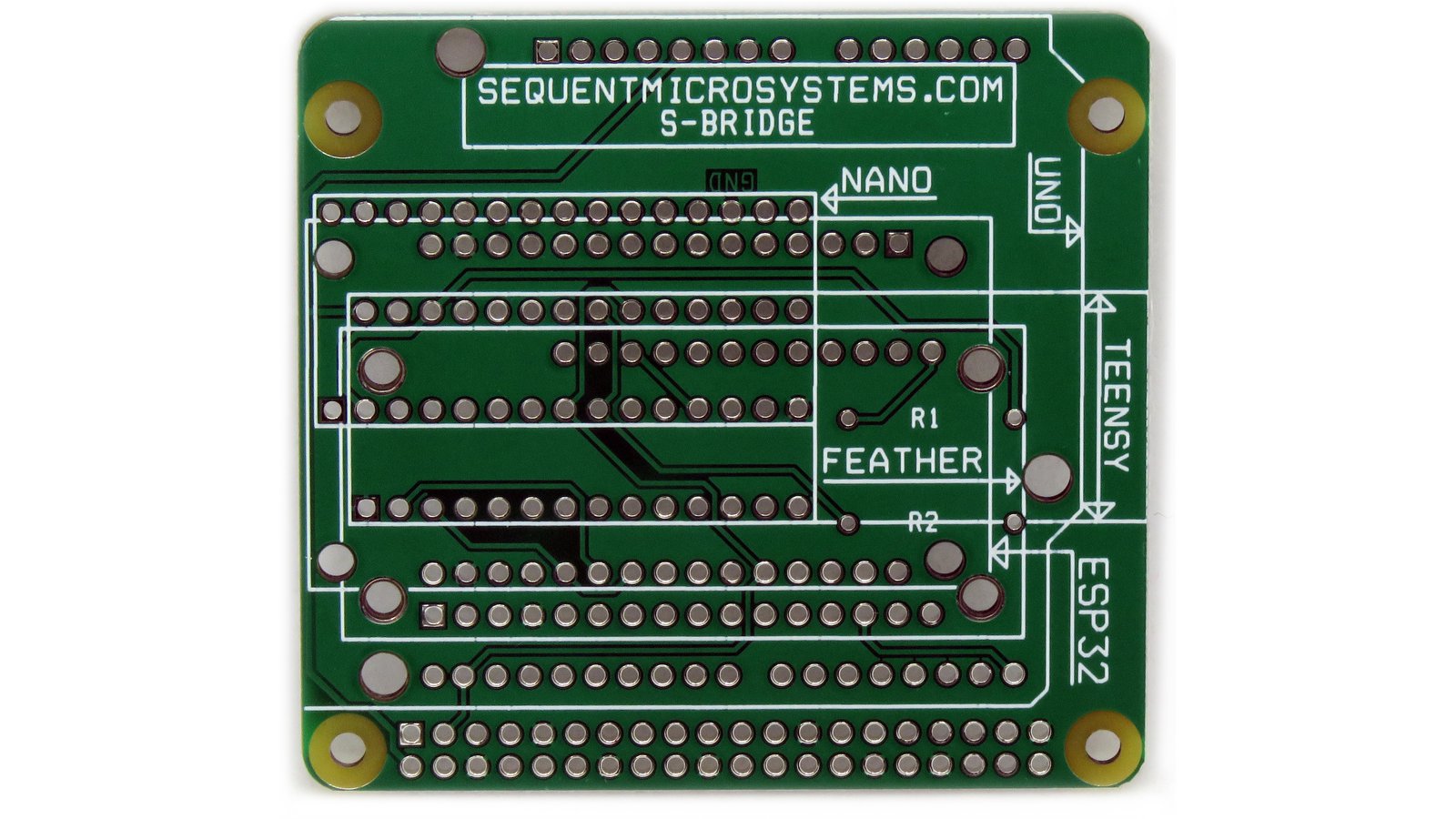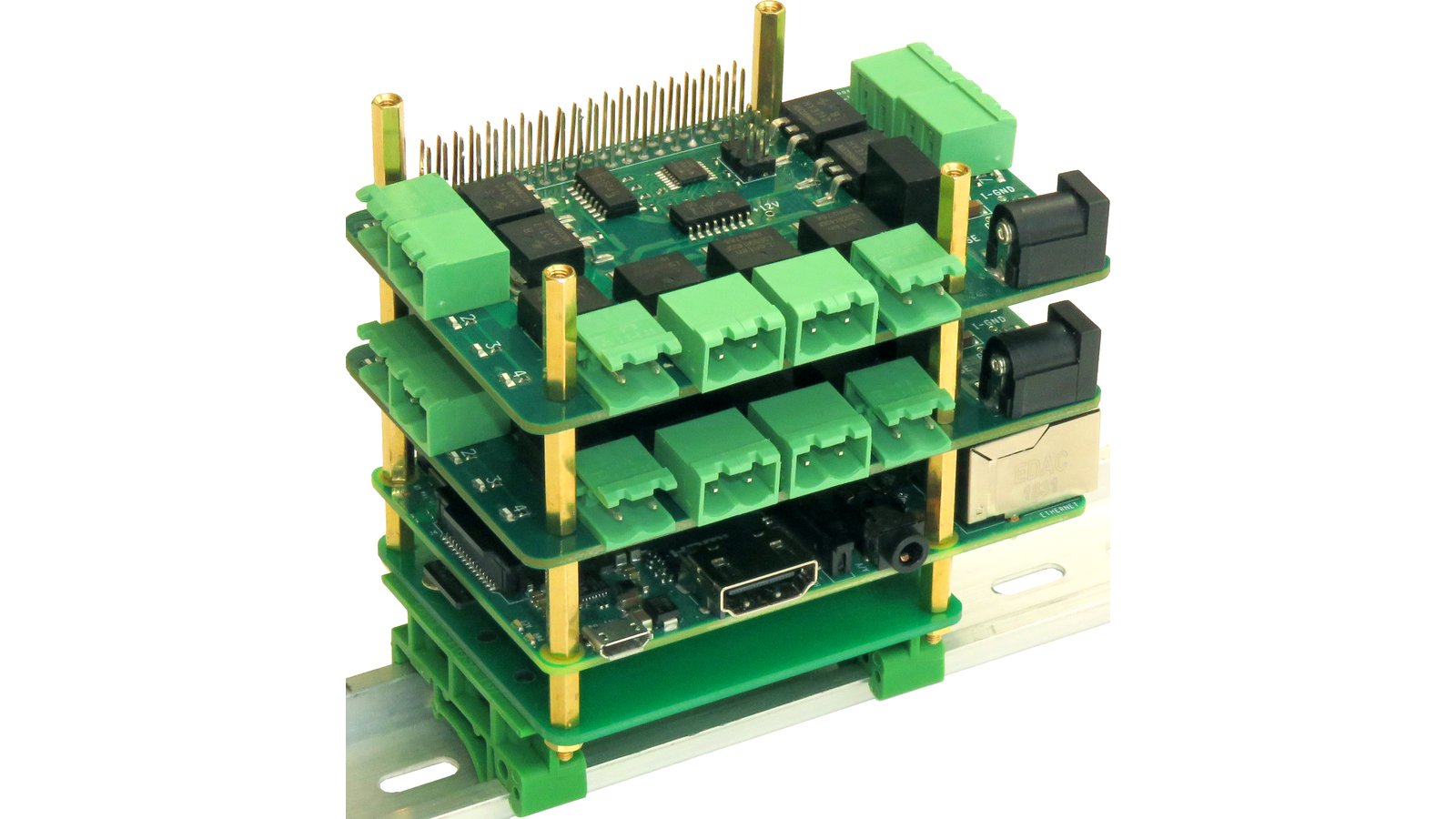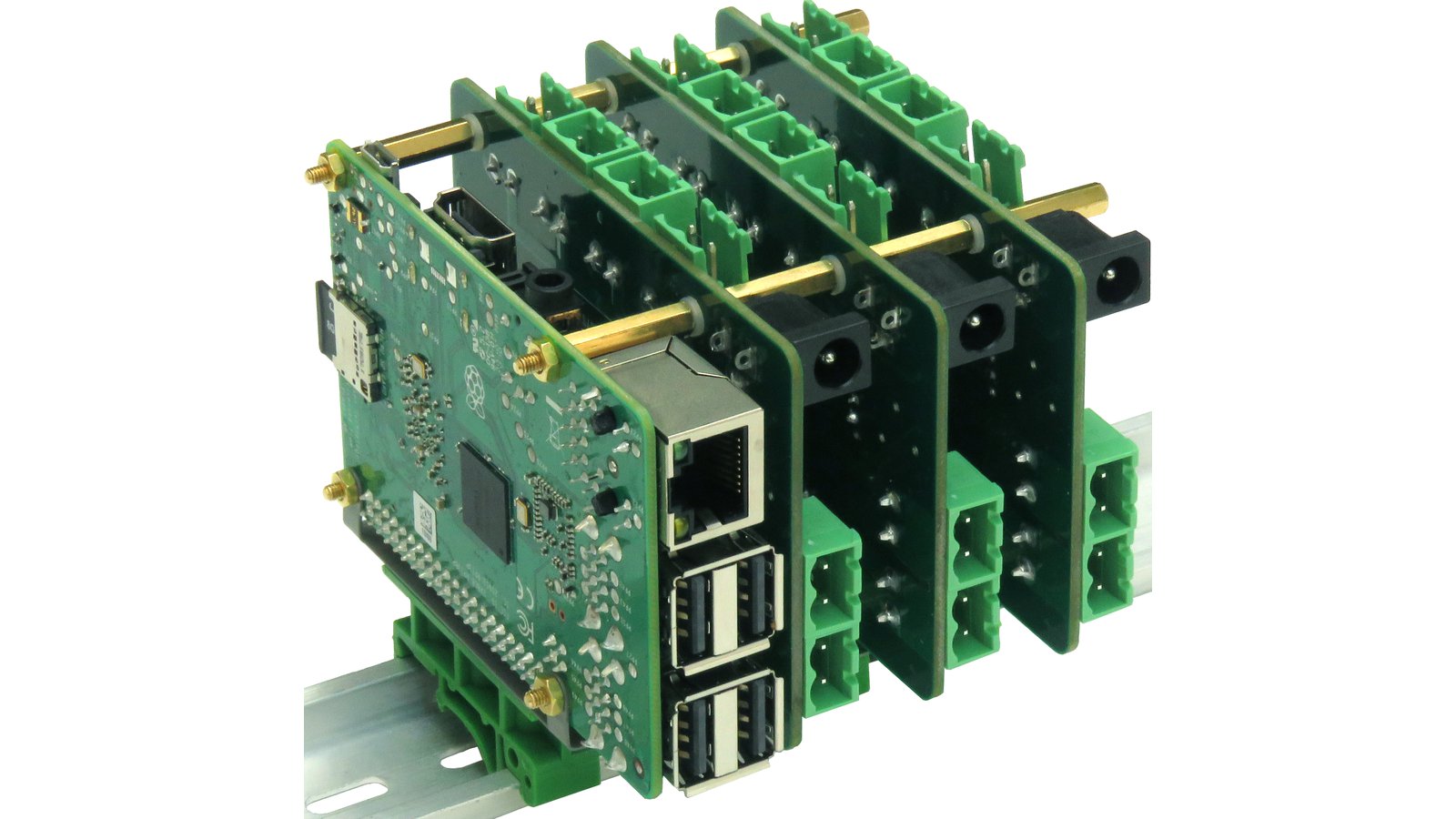Sequent Microsystems
Power Management
Industrial Automation
Sequent Microsystems
Power Management
Industrial Automation
When looking to drive high loads with a microprocessor, hardware designers typically turn to relays, in part because relatively inexpensive relays are still quite reliable under most circumstances. While they tend to perform well under AC loads, however, they fall short when faced with high DC voltages, fast switching times, and endurance requirements. Which is where 8-MOSFET comes in.
Popular relay boards for the Arduino and Raspberry Pi platforms can drive loads of up to 250 VAC but only 30 VDC. It is, of course, possible to find specialized relays capable of driving 240 VDC loads, but they’re quite expensive—somewhere in the $10 range—and they’re lacking in other areas. A $1 solid-state MOSFET driver, on the other hand, can easily drive a 240 VDC load while also providing other benefits, such as…
Relays switch their loads by mechanically moving blades. As a result, their switch time is rather high—typically tens of milliseconds. Furthermore, moving parts tend to vibrate, which creates electrical noise when they make or break contact. For applications that require fast, clean switching times, a MOSFET will get the job done in under 0.1 mS with no electrical noise.
Last but not least, while relays have acceptable endurance when switching low currents, their lifespans shrink to somewhere in the neighborhood of 100,000 cycles at high currents. So, if a relay needs to switch a large load once per minute, it might reach the end of its life within a couple of months. A MOSFET, by contrast, has nearly unlimited longevity.
Designed for the industrial automation market, where reliability is critical, 8-MOSFET can drive four high-current loads (24 VDC at 10 A) and four high-voltage loads (240 VDC at 2 A). At the same time, its price tag brings it within reach of anyone who appreciates performance and reliability.
It’s also quite easy to use. 8-MOSFET employs industrial-grade, pluggable connectors that facilitate field installation and debugging. Status LEDs show when MOSFETs are on or off.
And it’s scalable. Up to eight cards can be stacked on top of a single Raspberry Pi, giving your Pi the ability to drive up to 64 loads. And, because 8-MOSFET only occupies the I²C interface, you’ll still have 24 GPIO pins to use for other applications.
8-MOSFET supports two different DIN-rail orientations.
For a single card or a two-card stack, the parallel mounting kit is ideal. While one kit can technically support any number of cards, it becomes mechanically unstable once you get two or three 8-MOSFET cards piled up on your Raspberry Pi.
Because each card is secured to the DIN rail with a dedicated steel bracket, the perpendicular mounting kit offers mechanical stability for any number of cards. So, even with eight 8-MOSFET cards on your Raspberry Pi, you’ll still have room for other Raspberry Pi add-on cards.
The perpendicular mounting kit consists of two plastic DIN-rail brackets and two steel brackets. One kit will install the Raspberry Pi and one 8-MOSFET card, and each additional kit will install two more 8-MOSFET cards.
8-MOSFET relies only on the I²C interface of the device to which it’s attached, so it works with any platform that has one—which is to say, practically any single-board computer (SBC) or microcontroller-unit (MCU) board. And, so that you can take advantage of this flexibility without having to fiddle with custom wiring, we designed an optional adapter board that’s compatible with several of the most popular SBC and MCU form factors:
The 8-MOSFET adapter board comes as a kit. Which is to say, we provide headers for all five of the above platforms but you provide the solder. And we intend to support additional platforms in the future, so let us know what you’d like to see added to that list!
| 8-MOSFET | 8-Relay | |
|---|---|---|
| Manufacturer | Sequent Microsystems | Sequent Microsystems |
| Max DC load - high current | 10 A / 48 VDC | 8 A / 24 VDC |
| Max DC load - low current | 2 A / 240 VDC | 4 A / 24 VDC |
| Max AC load - high current | N/A | 8 A / 120 VAC |
| Max AC load - low current | N/A | 4 A / 120 VAC |
| Life span - 10 cycles/second at 8 A / 12 VDC | Decades | 20 minutes |
| Price | $40 | $30 |
Please have a look at our User’s Guide to get a better sense of 8-MOSFET. Or, if you want to see what makes it tick, you can check out our schematics. And of course, if you have questions or suggestions, you can reach out to us through the Ask a technical question link on our campaign page.
Produced by Sequent Microsystems in Cupertino, CA.
Sold and shipped by Crowd Supply.

Control up to eight loads with a single, DIN-rail-mountable 8-MOSFET. Or stack up to eight of them to control 64 loads! Includes all necessary mounting hardware, connectors, and two jumpers.

Drive your 8-MOSFET using any one of five different MCU and SBC form factors, including Arduino Nano, Arduino Uno, Teensy, ESP32 DevKit, and AdaFruit Feather boards. Includes all required connectors and two resistors, which you will solder yourself based on which MCU board you will be attaching.

DIN-rail mounting kit for mounting one or more 8-MOSFET boards parallel to the DIN rail.

DIN-rail mounting kit for mounting one or more 8-MOSFET boards perpendicular to the DIN rail.

Sequent Microsystems designs and manufactures IO expansion cards for Raspberry Pis. We have all the building blocks required to design and manufacture simple or complex applications at the lowest possible cost.